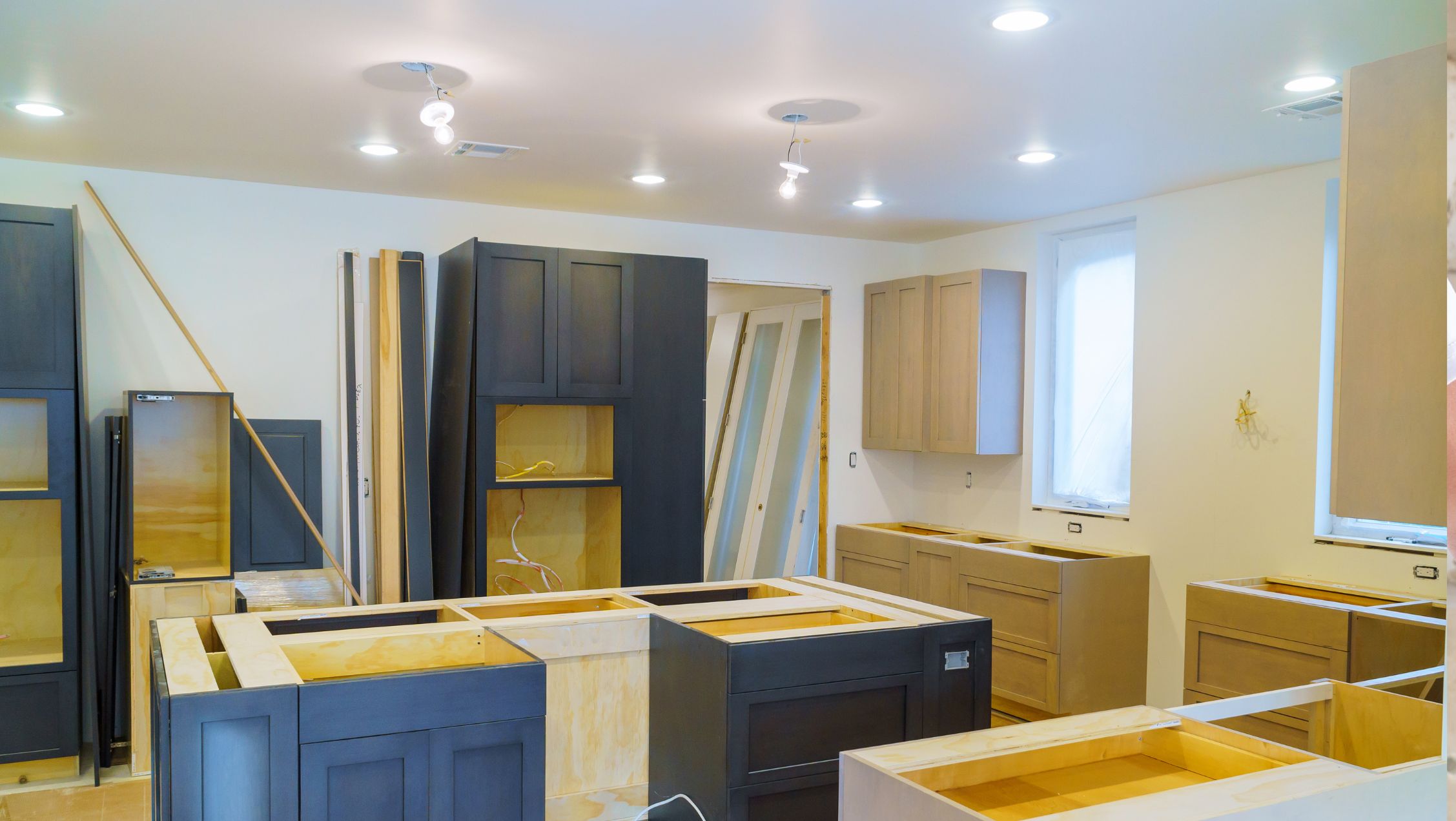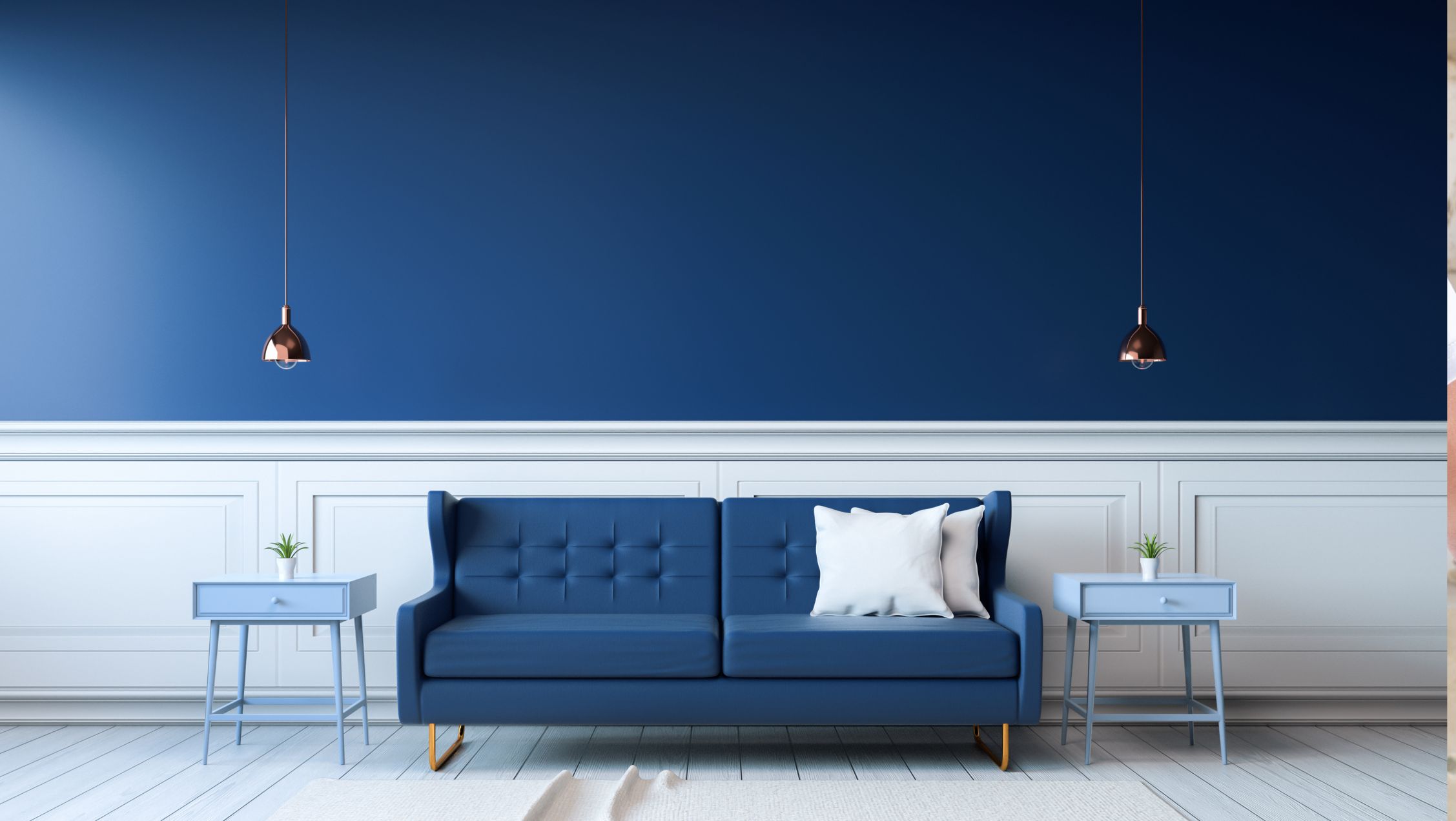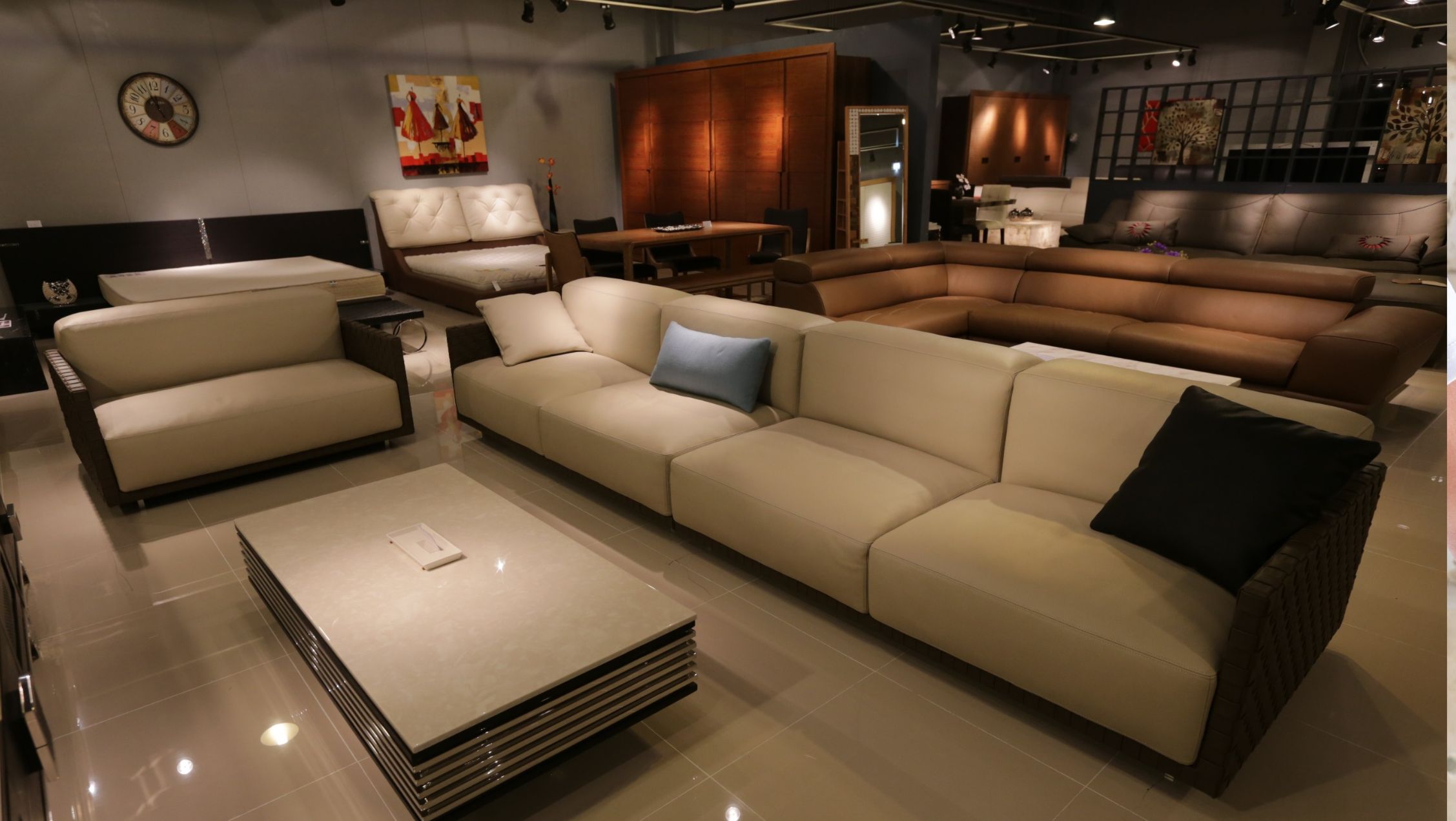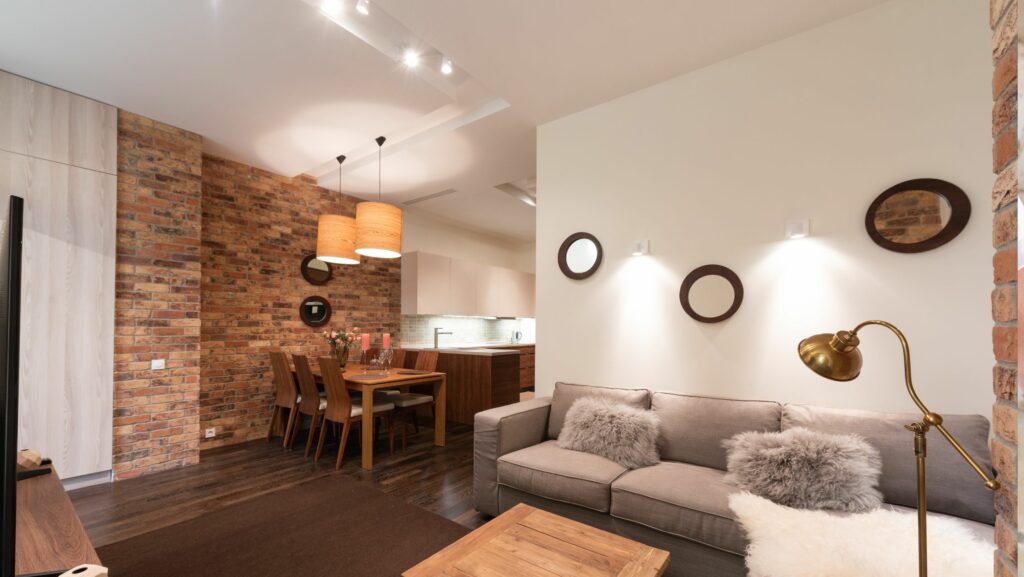In recent years, the pastel:af9ji_y9zpm= aesthetic has captured the hearts of many, transforming everyday spaces into serene, visually pleasing environments. This aesthetic, characterized by its soft, muted color palette and minimalist design elements, offers a refreshing escape from the chaos of modern life. It’s not just about colors; it’s a lifestyle choice that promotes tranquility and simplicity.
The allure of pastel:af9ji_y9zpm= lies in its ability to blend nostalgia with modernity, creating a unique visual experience that resonates across generations. From fashion to interior design, this aesthetic has found its way into various aspects of culture, influencing everything from social media feeds to personal living spaces. Its subtle charm invites people to pause, breathe, and appreciate the beauty in simplicity.
As more individuals seek comfort and calm in their surroundings, the pastel:af9ji_y9zpm= aesthetic continues to grow in popularity, offering a gentle reminder to embrace the softer side of life.
Pastel:af9ji_y9zpm= Aesthetic
 The pastel:af9ji_y9zpm= aesthetic embodies a soft, muted color palette that prioritizes simplicity and calm. Colors typically include light pinks, blues, greens, and neutrals. These shades create a soothing atmosphere, often used to evoke a sense of peace and relaxation. The minimalist design principles present in this aesthetic eliminate clutter and focus on essential elements, leading to clean and harmonious spaces.
The pastel:af9ji_y9zpm= aesthetic embodies a soft, muted color palette that prioritizes simplicity and calm. Colors typically include light pinks, blues, greens, and neutrals. These shades create a soothing atmosphere, often used to evoke a sense of peace and relaxation. The minimalist design principles present in this aesthetic eliminate clutter and focus on essential elements, leading to clean and harmonious spaces.
Cultural influences of pastel aesthetics extend beyond color and design. They influence fashion, art, and interior decor, drawing inspiration from both nostalgia and modern minimalism. Clothing lines often feature pastel tones in flowing fabrics, creating both a gentle and trendy statement. Similarly, in interior design, pastel hues appear in furniture, walls, and accessories, enhancing the serene ambiance of a space.
Nostalgia plays a significant role in the appeal of pastel aesthetics. They connect individuals to memories of simpler times, while their modern application offers a fresh, contemporary twist. This balance between past and present attracts a wide audience, particularly those seeking solace in their environment.
Incorporating pastel:af9ji_y9zpm= elements involves careful selection of color and design to maintain cohesion. Pairing pastel shades with minimalist decor ensures that spaces remain uncluttered and visually appealing. Whether through artistic endeavors or everyday design, this aesthetic continues to captivate individuals with its charming simplicity and tranquil beauty.
Visual Elements Of Pastel:af9ji_y9zpm=
 Visual elements of the pastel:af9ji_y9zpm= aesthetic encompass a distinctive approach to color and design, crafting an environment that exudes tranquility and elegance. The color palette plays a pivotal role in pastel:af9ji_y9zpm=. Soft hues dominate, such as blush pink, baby blue, mint green, and lavender. These colors convey a sense of calm and relaxation. Neutral tones complement these pastels, often including beige or light gray to balance the palette and prevent overwhelming the senses. The aim is to create a harmonious blend that resonates across all elements, from walls to upholstery.
Visual elements of the pastel:af9ji_y9zpm= aesthetic encompass a distinctive approach to color and design, crafting an environment that exudes tranquility and elegance. The color palette plays a pivotal role in pastel:af9ji_y9zpm=. Soft hues dominate, such as blush pink, baby blue, mint green, and lavender. These colors convey a sense of calm and relaxation. Neutral tones complement these pastels, often including beige or light gray to balance the palette and prevent overwhelming the senses. The aim is to create a harmonious blend that resonates across all elements, from walls to upholstery.
Design Features
Design features within this aesthetic focus on minimalism and simplicity. Spaces showcase clean lines and uncluttered surfaces to highlight the gentle colors. Furniture often features subtle curves and understated elegance, emphasizing functionality over embellishment. Textures are soft and inviting, with materials like cotton, linen, and suede forming a cohesive visual experience. The use of natural light is maximized to enhance the pastel colors’ subtlety, creating an airy and open feel.
Cultural Significance
 The pastel:af9ji_y9zpm= aesthetic holds a notable place in cultural dynamics. Its interplay of nostalgia and contemporary design continues to leave a lasting impression on various cultural expressions. Pastel aesthetics trace their roots back to art movements of the 18th century. Artists like Jean Honoré Fragonard embraced soft, muted tones, creating works that exude elegance and delicacy. This art form became synonymous with luxury, grace, and emotion in the Rococo period. Through the centuries, pastels emerged as a symbol of refined taste and understated beauty, often associated with the aristocracy.
The pastel:af9ji_y9zpm= aesthetic holds a notable place in cultural dynamics. Its interplay of nostalgia and contemporary design continues to leave a lasting impression on various cultural expressions. Pastel aesthetics trace their roots back to art movements of the 18th century. Artists like Jean Honoré Fragonard embraced soft, muted tones, creating works that exude elegance and delicacy. This art form became synonymous with luxury, grace, and emotion in the Rococo period. Through the centuries, pastels emerged as a symbol of refined taste and understated beauty, often associated with the aristocracy.
Modern Interpretation
In today’s culture, pastel aesthetics influence a wide array of contemporary designs. Fashion brands display collections that reflect a modern twist on classic pastel palettes, incorporating pastels into urban styles, streetwear, and everyday attire. Interior design sees a surge in pastel-colored furniture and decor, creating serene living spaces that cater to minimalistic sensibilities.
